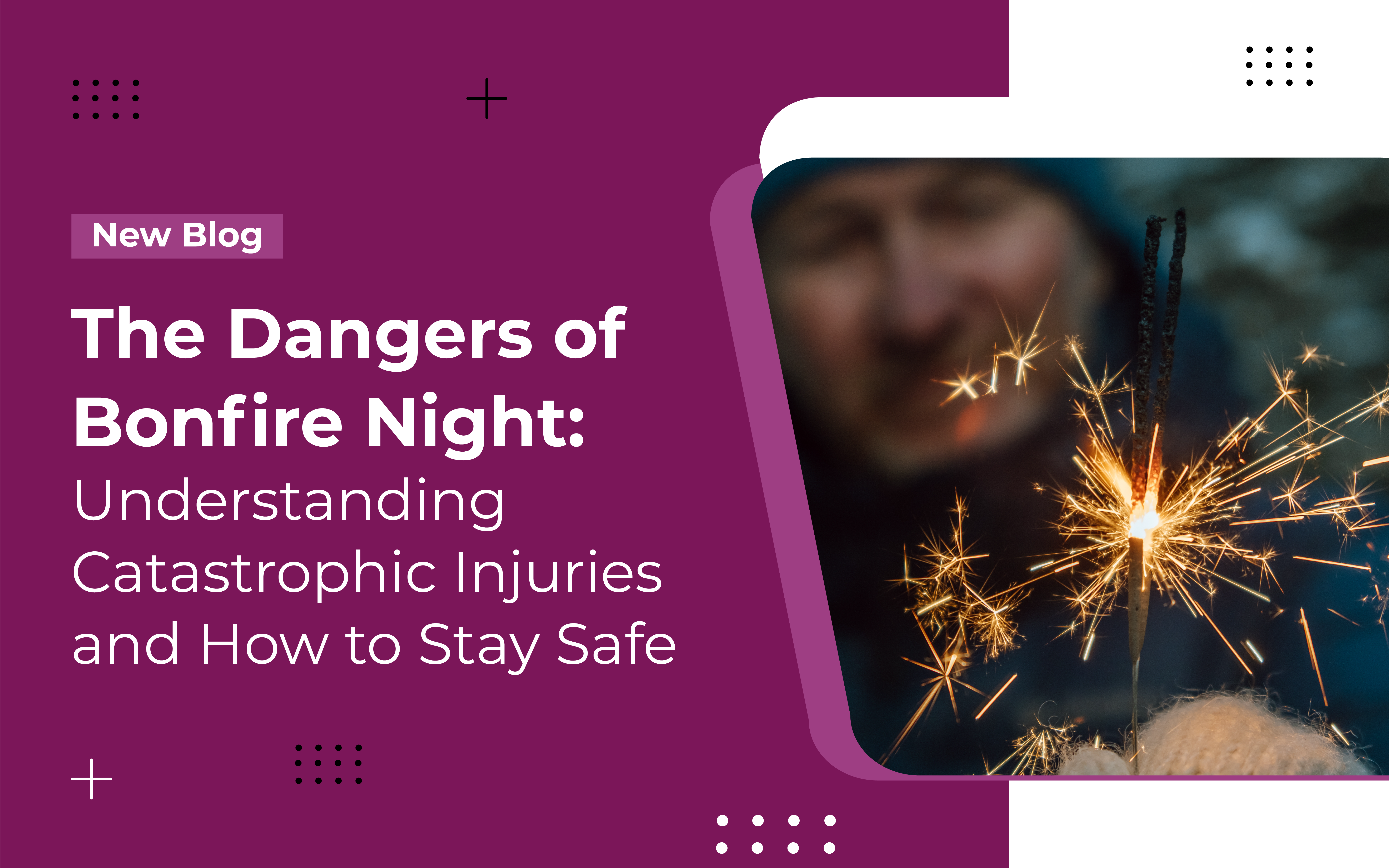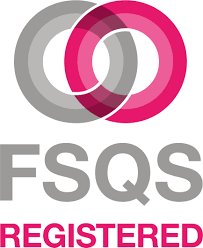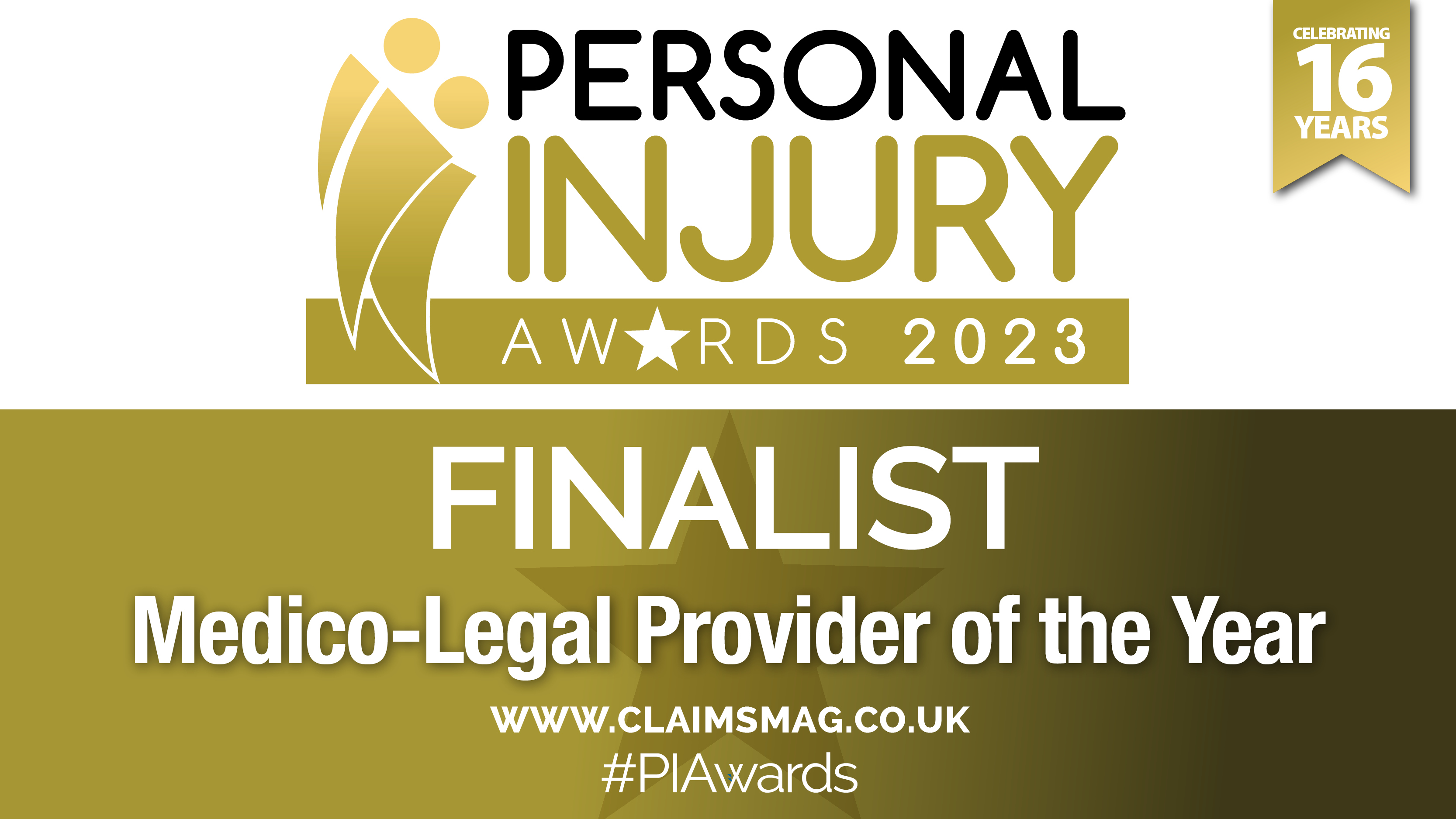
4 Nov 2024
The Dangers of Bonfire Night: Understanding Catastrophic Injuries and How to Stay Safe
November 5th is a much-loved annual event across the UK, celebrated with fireworks, bonfires, and community gatherings.
However, whilst Bonfire Night can be filled with excitement, it also comes with the risk of serious or catastrophic injuries too.
Every year, the combination of fireworks, sparklers and uncontrolled fires can lead to devastating accidents, which is why understanding these risks and learning from past incidents can help prevent future tragedies amongst everyone taking part in Bonfire Night events.
Fireworks-Related Injuries
Fireworks are a central part of Bonfire Night celebrations but are also one of the leading causes of injuries.
According to the NHS, around 2,000 people in the UK visit A&E each year due to fireworks-related injuries during the Bonfire Night season, with victims often suffering from severe burns which require long-term treatment, surgeries and rehabilitation.
Many of these injuries are severe, including burns, eye injuries and even the loss of limbs, with the most common reasons for these catastrophic injuries being due to improper handling of fireworks, launching fireworks in unsafe environments or not recognising the serious risk involved from their temperatures reaching up to 1,500°C.
Because of this, fireworks-related injuries can be life-changing, something which was noted in 2020 by the Royal Society for the Prevention of Accidents (RoSPA), when they reported that a significant number of serious injuries were caused by rocket and banger firework types, with accidents involving children and young adults and leaving them with catastrophic lifelong injuries.
Cases of Bonfire Night Serious Injuries
In 2018, a tragic incident involved a 17-year-old boy from Coventry who lost his hand whilst attempting to light a firework and it exploded prematurely. This caused catastrophic injuries to the boy, which meant he required extensive surgery and ongoing rehabilitation to adapt to the life-changing impact of that event.
Sparklers are also a common cause of serious injury around the Bonfire Night season, as they can pose a significant risk if mishandled, especially as they burn at temperatures of around 1,600°C, which is hotter than most blowtorches and are capable of causing third-degree burns in seconds. In 2015, a 4-year-old girl in Sheffield was left with severe burns on her hand after holding a sparkler for just a few moments.
Despite the little girl having adult supervision, the sparkler caused immediate damage and lead to a lengthy recovery period and the need for specialist medical care.
And of course, bonfires themselves present their own risks too, as improperly constructed bonfires can quickly become uncontrollable, and when combined with flammable materials, bonfires can lead to significant injuries such as burns, smoke inhalation and even property damage if they are too close to buildings.
A recent example of those risk materialising came from a large bonfire in East Sussex which resulted in serious injuries when a bystander accidentally stumbled too close to the flames. The individual suffered third-degree burns to their legs and torso as a result, requiring emergency treatment and weeks of hospitalisation.
Staying Safe On Bonfire Night
While it is impossible to avoid all risks, there are steps individuals can take to significantly reduce the chances of injury during Bonfire Night celebrations. Such as:
- Attending public displays: this is a better option as professional firework displays are safer than home fireworks, as they are managed by trained individuals who follow strict safety guidelines
- Keeping a safe distance at all times: this means staying back from both fireworks and bonfires, and never attempt to re-light a malfunctioning firework
- Supervising children: including making sure they are holding sparklers at arm’s length and away from their body
- Wearing protective clothing: as when handling fireworks, wearing gloves and other protective clothing can reduce the risk of burns
- And never using accelerants: as using petrol or alcohol to start a bonfire can cause uncontrolled explosions and rapidly spreading fires
Ongoing Consequences Of Bonfire Night Injuries
Beyond physical pain and trauma, victims of catastrophic injuries during the Bonfire Night season often face long-term financial and legal challenges, involving extensive medical care, rehabilitation and in some cases, lifelong disabilities.
Because of this, it’s important to remember that whilst Bonfire Night is a time for celebration, it can quickly turn tragic if proper safety measures aren’t taken, and by learning from past incidents and taking appropriate precautions, we can reduce the risk of these life-altering injuries and ensure Bonfire Night remains a safe and enjoyable event for everyone.
How Speed Medical Can Help With Catastrophic Injuries
Speed Medical offers essential support in accessing expert care and rehabilitation services, meaning that for those suffering with serious injuries caused from Bonfire Night events, we can help build a path to recovery which allows them the chance to reclaim their lives afterwards.
For more information, please visit www.speedmedical.com, contact our team via email at info@speedmedical.com or call us directly on 0330 094 8749.




